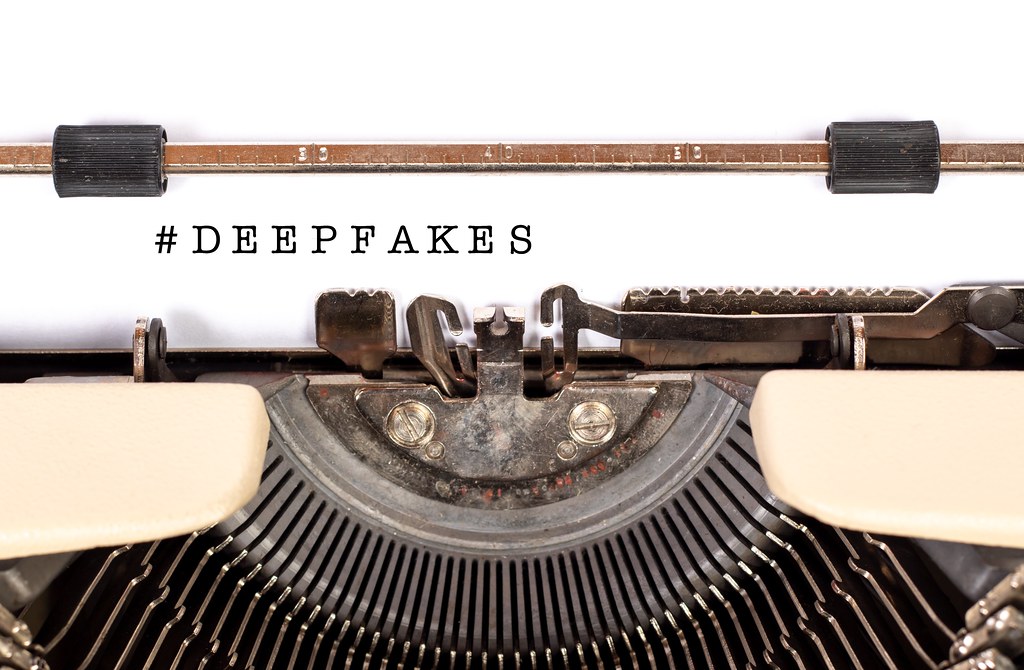
There is a branch in Artificial Intelligence that deals with creating convincing videos, images, and other digital media that seems so realistic that it is impossible to determine its genuineness. This origin of the concept of deepfakes dates back to the 1990s where it was developed for educational purposes, but came into limelight due to its inappropriate use in 2017. Once what developed as an advancing technology is today on the verge of creating international wars- here’s how!
How Deepfakes are being used?
Deepfakes are being taken disadvantage of by various people involved in creating public hatred. By diminishing the fine line between illusion and reality, they have been successful in targeting celebrity people from a wide range of fields such as politics, sports, Hollywood, etc.
Right from Obama to Trump, no one has been spared and thus, the concept of deepfake has dug a grave for itself. However, advancing more with their malicious intent, people have been creating pornographic content or revenge pornography as a result of disputes, quarrels, or simply, for the sake of defamation. People often tend to viral any content under the pretext of ‘Forwarded as received’, and thus, forget the basic step of authenticity verification as a responsibility towards cyber safety.
Let’s not forget about the positive applications of deepfake technologies where it is extensively used in making memes by forging our favorite characters for entertainment purposes. Another one is when your daily speaking voice assistant can speak in the tone and matching frequencies of your favorite celebrity. Also, let’s not forget our dearest reason to thank deepfakes by blessing us with beauty magnifying filters on Instagram and Snapchat.
How can one spot difference in a real video and a deep fake video?
Although deepfakes are getting harder to recognize day by day, it isn’t much difficult if we focus on the minute aspects of the videos with a greater level of attention. Developers mention that the algorithm involved in creating the final output with the help of this technology often consists of blurriness and noises. The audible difference is clear tone of a person and a visible difference in the lip-sync of the video with the voice are some common techniques to identify a forged video without much effort. Deepfakes not only compromise with the lips, but also the minute movements of eyes, eyelashes, side gazes, head movements are all included with accurate and perfectional touch- too perfect and smooth to record with a normal camera. However, there are various software available to create as well as counter deep fakes.
Software associated with Deepfakes
It is really challenging for the current tools to spot such authenticity abuse through deepfakes as the generating algorithms keep getting better than the previous ones.
A person can effectively create fake images and videos using the DeepFaceLab tool available on the internet- an open-source project. We wish to add a word of caution here to not use it for any abusive or unethical purposes. However, with simple training and hands-on experience, this skill isn’t that hard to practice.
As a response to this tool, a countermeasure tool is in development where the tool can detect a deepfake with higher accuracy, less computational time through the concept of soft biometric signatures.
What care must one take?
- Try not to create a deepfake of any person for any purpose. It can be a provoking act for others to try this.
- Try to verify the genuineness of a video available on the social media. Use manual hacks or a few detecting tools available on the internet.
- If the video that was released promotes anti-national agenda or is violating a person’s safety and privacy, do report them immediately at the cyber cell maintained by the police department.
- Do not be a part of promoting the message else you might land yourself into legal troubles.
Here was all about deepfakes and various concepts of the modern era’s harmful photoshopping tool. It is not new for us to hear the hoaxes of various celebrities dying every day along with gruesome images, whereas in reality, they’re alive. But, we can always focus on the better sides and welcome the concepts of advanced techniques with pure intentions. Let us know your thoughts!
Featured Photo: DeepFakes by Marco Verch under Creative Commons 2.0

Author’s Bio: This article has been written by Rishika Desai, B.Tech Computer Engineering Student at Vishwakarma Institute of Information Technology (VIIT), Pune. She is a good dancer, poet and a writer. Animal love engulfs her heart and content writing comprises her present. You can follow Rishika on Twitter @ich_rish99.